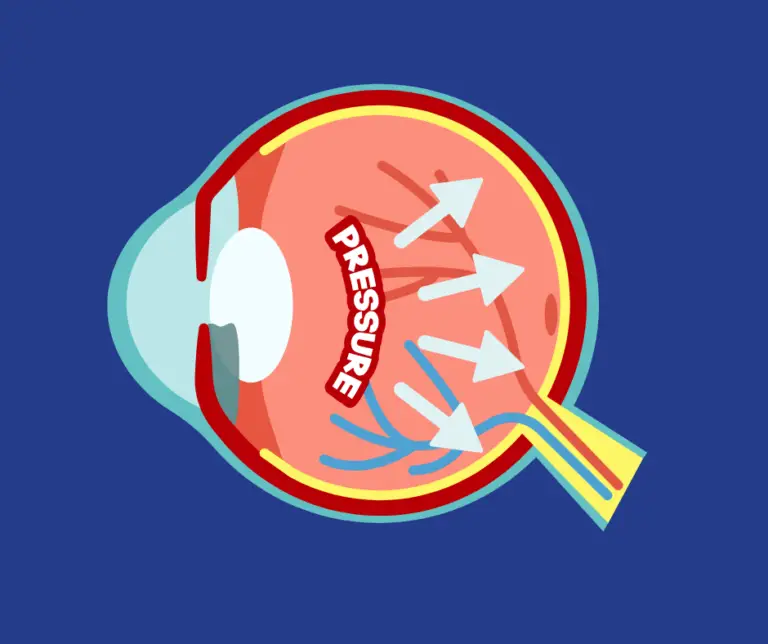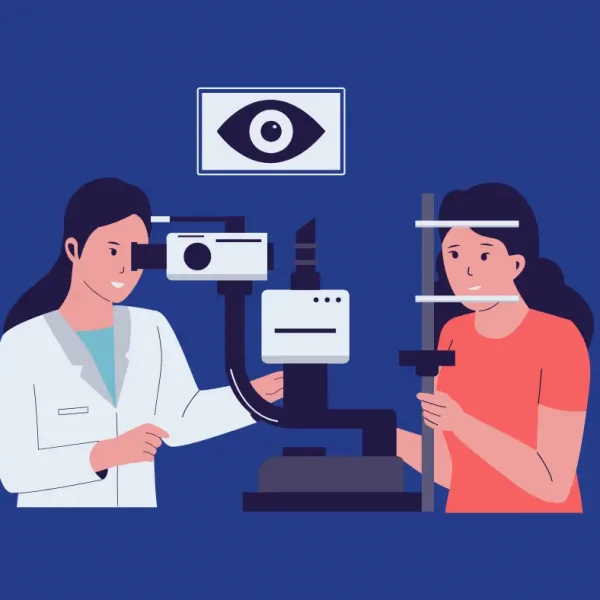Understanding Glaucoma: Risks, Symptoms, and Research Advancements
Glaucoma is one of the leading causes of blindness worldwide. However, glaucoma does not show signs or symptoms like other vision threatening diseases. Instead, it is a silent threat to eye health, often progressing without noticeable symptoms until irreversible damage occurs.
It is essential to understand this condition, the associated risks, and how advancements in glaucoma research are paving the way for better treatments. February is glaucoma awareness month and serves as a vital reminder to focus on early detection and continued research efforts for this vision-threatening disease.

What is Glaucoma?
Glaucoma can lead to damage to the optic nerve, which is the body’s highway for relaying visual information from your eyes to your brain. The damage seen in glaucoma patients is often caused by increased pressure inside the eye, known as intraocular pressure (IOP). Elevated IOP is not normal and is a significant risk factor for glaucoma. However, it’s worth noting that elevated IOP may also be a symptom caused by another issue, making some cases of glaucoma secondary to an underlying condition.
The most common types of glaucoma include:
- Open-Angle Glaucoma: The most prevalent form of glaucoma where drainage channels in the eyes gradually become clogged, leading to increased IOP.
- Angle-Closure Glaucoma: A less common but more urgent type of glaucoma caused by a sudden blockage of drainage channels, leading to rapid IOP increases.
- Normal-Tension Glaucoma: Damage to the optic nerve occurs despite normal eye pressure, highlighting the complexity of the disease.
Who is at Risk for Glaucoma?
Several factors can increase the likelihood of developing glaucoma, including:
- Age: The risk of developing glaucoma increases significantly after age 60.
- Family History: A family history of glaucoma can increase your risk.
- Ethnicity: People of African American, Asian Pacific islander, and Hispanic decent are at higher risk for specific types of glaucoma.
- Medical Conditions: Conditions like diabetes, high blood pressure, or severe nearsightedness can elevate your risk.
- Eye Injuries or Conditions: A history of eye trauma or conditions like thin corneas or high intraocular pressure.

Symptoms to Watch For:
Glaucoma is often called the “silent thief of sight” because it usually progresses without noticeable signs or symptoms. However, symptoms can include:
- Gradual loss of peripheral vision (in open-angle glaucoma).
- Sudden, severe eye pain or headaches (in angle-closure glaucoma).
- Blurred vision or seeing halos around lights.
Glaucoma-Adjacent Conditions
While glaucoma is a distinct condition, it often overlaps with or is influenced by other ocular or systemic issues. Conditions like uveitis, steroid-induced glaucoma, and pigment dispersion syndrome can be closely related.
The Role of Research in Fighting Glaucoma
Ongoing research is critical to advancing our understanding of glaucoma and improving treatments available to patients. Here are some recent breakthroughs in glaucoma research:
- New Medications: Innovative eye drops, and oral medications aim to better manage intraocular pressure with fewer side effects.
- Minimally Invasive Surgery: Techniques like micro-stent implantation are revolutionizing glaucoma surgery, offering safer and more effective options.
- Neuroprotection: Research into treatments that protect the optic nerve from continued damage shows promise for halting disease progression.
- Biomarkers and AI: Advanced imaging technologies and artificial intelligence are enhancing early diagnosis and personalized treatment plans for patients.
How Can You Get Involved?
Clinical trials play a vital role in glaucoma research, helping scientists and doctors trial new medications, medical devices, and diagnostic tools. By participating, you can contribute to groundbreaking advancements and gain access to innovative care
At Ora, we are committed to making a difference in the fight against glaucoma. Explore our current clinical trials to learn how you can help shape the future of vision care for yourself and countless other patients.
Early detection is the best defense against glaucoma. Schedule regular eye exams, especially if you are at higher risk, and talk to your eye care provider about ways to safeguard your sight.
Let’s join forces to fight against glaucoma, the silent thief of sight. While we’re not currently enrolling for glaucoma trials, we’re committed to advancing research in ophthalmology. Learn more about glaucoma here or explore our ongoing studies to see if one might be a fit for you.
Want to Stay Informed About the Latest Blog Posts?
Sign up for updates and never miss a post! We’re excited to share more insights on eye health. Our next blog post will be released on the first Monday of every month.